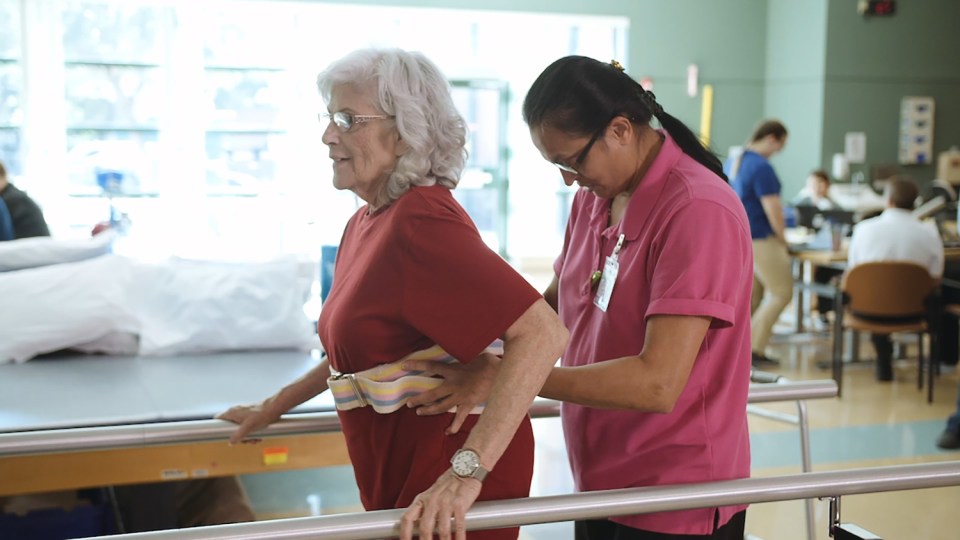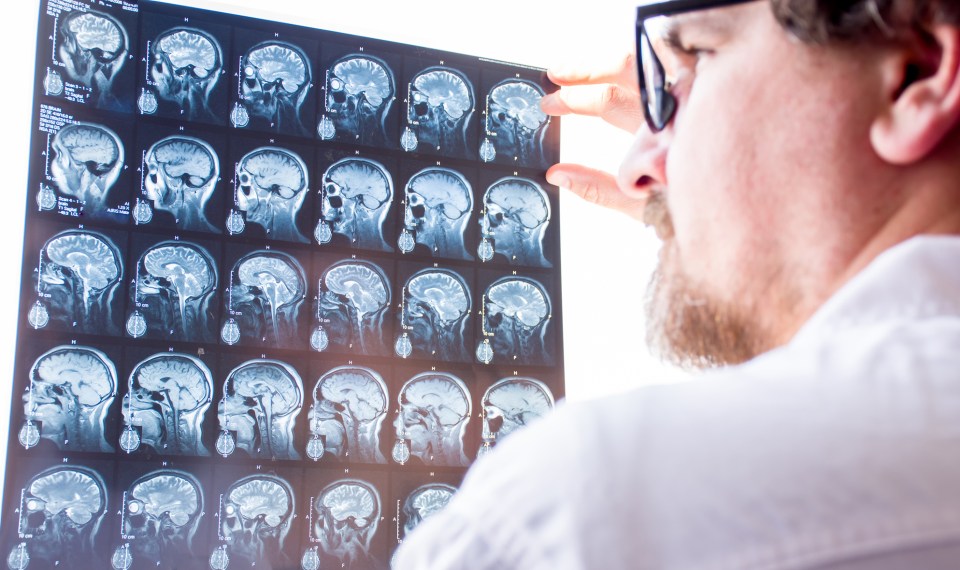Ensuring patients receive the right care in the right setting is crucial to getting the best possible outcomes. When it comes to patients recovering from stroke, we at Encompass Health believe inpatient rehabilitation is the best setting of care for these complex patients, and now there is more evidence to back up that belief.
A recent article published in the Journal of American Medical Association (JAMA) and updated stroke guidelines from the Department of Veteran’s Affairs both conclude that inpatient rehabilitation is the superior setting of care for patients recovering from a stroke.
The December JAMA article highlights a study conducted by researchers at the University of Texas. They concluded that those receiving treatment at an inpatient rehabilitation hospital had more improvements in physical mobility and self-care. The study continued, stating that “a significant difference in functional improvement remained after accounting for patient, clinical and facility characteristics at admission.”
The study included more than 99,000 stroke patients who received treatment at a skilled nursing facility or an inpatient rehabilitation hospital between January 2013 and November 2014.
The Department of Veteran’s Affairs recent release of its 2019 Stroke Guidelines also support the findings of this study, noting that there is “strong evidence that rehabilitation in the setting of an organized inpatient stroke unit (in a single physical location with a dedicated rehabilitation team) improved the likelihood of a discharge to the home in patients with a history of stroke.”
Why inpatient rehabilitation?
As a former physical therapist at an inpatient rehabilitation hospital, I’ve seen firsthand how stroke patients can benefit from the interdisciplinary approach provided in this setting of care.
Patients at inpatient rehabilitation hospitals are required, when possible, to receive a minimum of three hours of therapy, five days a week or 15 hours of therapy a week. That therapy focuses not only on improving strength, but also on activities of daily living to better prepare the patient to return home. A team of nurses, therapists and physicians work together to form a care plan that provides patients a unique and individualized care plan to help them reach their personal goals.
A strategic sponsorship
The findings from the VA Department and University of Texas study support the American Heart American Heart Association/American Stroke Association’s adult stroke rehabilitation guidelines that state, “Whenever possible, initial rehabilitation should take place in an inpatient rehabilitation facility rather than a nursing home.”
In 2019, Encompass Health entered into a three-year strategic sponsorship with the AHA/ASA’s Together to End Stroke initiative. In the remaining years of this sponsorship, we’ll continue to co-develop educational materials and events for the public, stroke survivors and healthcare professionals on stroke prevention, the signs and symptoms of a stroke and where rehabilitation should take place.
The content of this site is for informational purposes only and should not be taken as professional medical advice. Always seek the advice of your physician or other qualified healthcare provider with any questions you may have regarding any medical conditions or treatments.



